Chondros is a village and a community in the municipality of Viannos, in the Heraklion regional unit of Crete, Greece. It is located about 64 kilometers from Heraklion. The inhabitants are mainly engaged in olive growing and the cultivation of early vegetables in the coastal zone. The central church is dedicated to the Annunciation of the Virgin Mary. There is a primary school in the village.
A special feature of Chondros is the great length of its coastline, which starts from its coastal settlement, Kastri, and ends at Dermato beach where the small biotope of the Anapodaris river is located.
Throughout the village, there are picturesque 14th-century churches, such as Agios Theodoros (Saint Theodore) (between Chondros and Apostolianos) with Byzantine frescoes, where the cemetery is located today. Also, one can find the churches of Agios Fanourios (Saint Fanourios), Agios Antonios (Saint Anthony), which was recently rebuilt because it had been dilapidated, the recently renovated Agios Nikolaos (Saint Nicholas) as well as Agios Ioannis (Saint John) on the eastern bank of the Anapodaris estuary, of which ruins survive. In a verdant landscape, Chondros has been a point of attraction since the Bronze Age for the various populations that passed through it.
Name
The most valid opinion is that the name of the village is due to the coarsely ground wheat from which the famous xinohondros or hondros or trahanas is made, which even today is an ingredient of good, traditional Cretan cuisine.
Another version of the name of the village refers to an Agha who lived there (a corruption of the word Archon) and who distributed his property in the wider area of today’s settlement to his four children. The current neighborhoods of the village took their names from the names of his children.
History
Tombs with early Minoan vases were found on a hill near the village and a house from the Late Minoan period was found at Xynachlada. The entrance to the enclosure survives and many ceramic artifacts were found. The settlement was destroyed during the second Late Minoan period for an unknown reason. A small rural temple was excavated at Rouses and the existence of an extensive settlement was confirmed. In 1960, a large manor house from 1600 BC was discovered at Kefali Lazana, which was probably destroyed by an earthquake. To the southwest of Chondros and specifically at the site of Tourkissa was apparently the main Minoan settlement during the new palace period.
In the census of Kastrofylakas (K96) the village is mentioned with the name Condro and with 278 inhabitants. During the Ottoman rule, Chondros was transformed into a Turkish village (the village in the area with the largest Turkish population). In this place, aghas settled because of the particularly fertile soil.
The village was challenged by many invaders and its inhabitants were forced to find refuge in caves, such as in the area of Vorno or Latsida, in the cave of Listis, of Panoglas at Voukola, of Kastelou, of Papadias at Anemomacha, of Spiliaras and of Vardis.
During the Nazi Occupation (1941-1944), Chondros mourned 9 victims.
Administrative Information
As a settlement, it was officially mentioned in 1925 to be designated as the seat of the newly founded community of the same name and initially belonged to the Lasithi Prefecture from which it was detached in 1932. According to the Kallikratis program, together with the settlements of Agios Ioannis (Saint John), Dermato, Kastri, Pervola and Faskomilia constitute the community of Chondros which belongs to the municipality of Viannos and according to the 2011 census has 138 inhabitants.
High up and a little south of the village of Chondros in the province of Viannos is the peak of Pyrgos (Tower). Although it is not very high, it has a unique view of the Gulf of Keratokambos and the villages of western Viannos. On the hill above, which by its nature offers a well-fortified position, it seems that in antiquity there was a settlement since everywhere one can see ceramic shells and the experienced eye can distinguish in some places bases of ancient buildings. At the top of the hill today stands a stone structure called Pyrgos (Tower) which gives its name to the area.
Pyrgos (Tower) is a stone structure that was built during the years of the German occupation of Crete and served as an observation post for the Germans to supervise the south coast. Its construction was assigned to the inhabitants of the village of Chondros as a chore by the occupier. The strange thing is that this also makes the whole building interesting that the locals did not build it square as they should have, but gave it a shape like that of Orthodox churches. The reason is that in reality the locals had within them the desire for redemption from the yoke and wanted to be liberated and in place of the observatory to become a church of Agios Eleftherios (Saint Eleftherios) which would liberate them as its name says. Liberation came quickly, but the idea of converting the building into a church did not flourish.
Settlement: Key Points
-
Historical References: Condro (1583), Χόνδρος (modern Greek)
-
Location: 35°1′48″N 25°22′46″E
-
Historical Significance: Minoan settlement, Ottoman-era village
-
Population Data:
YearPopulationNotes1583278as Condro1881424116 Christians, 308 Muslims1900247216 Christians, 31 Muslims1928458includes Apostolianos, Thymianos, Mylos Kostianou1940476212 in Chondros and includes Apostolianos 76, Thymianos 82, Mylos Kostianou 1061951446201 in Chondros and includes Apostolianos 99, Thymianos 98, Mylos Kostianou 481961429197144419812221991202200116320111382021100 -
Current Status: A small village with a declining population, primarily engaged in agriculture and tourism.
References
Access
Chondros is 16.8 kilometers away from Arkalochori and 4.0 kilometers away from Ano Viannos















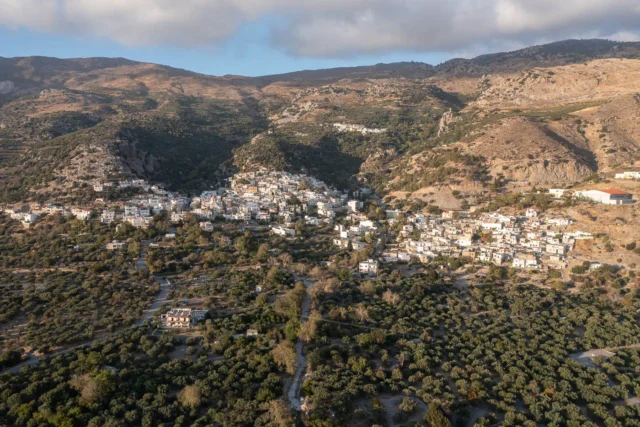

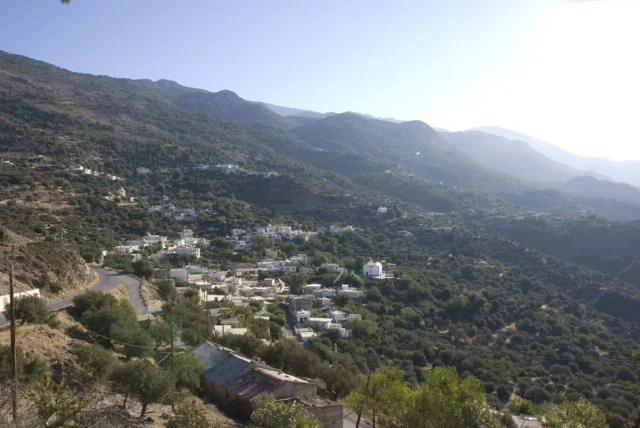



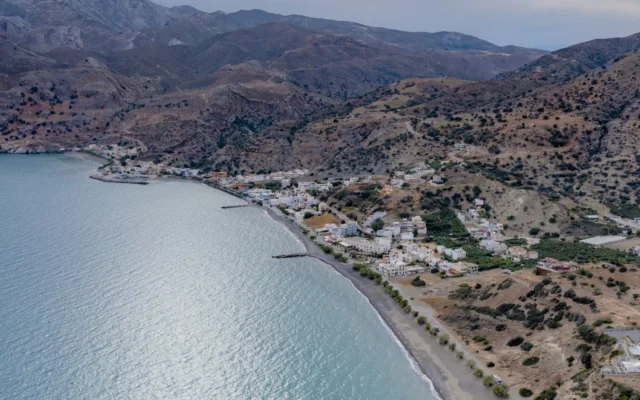
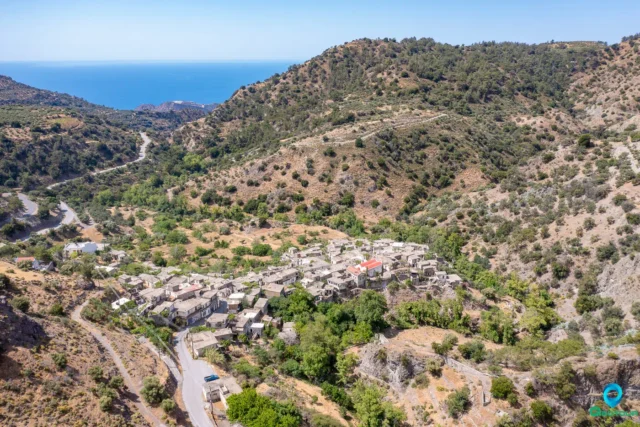
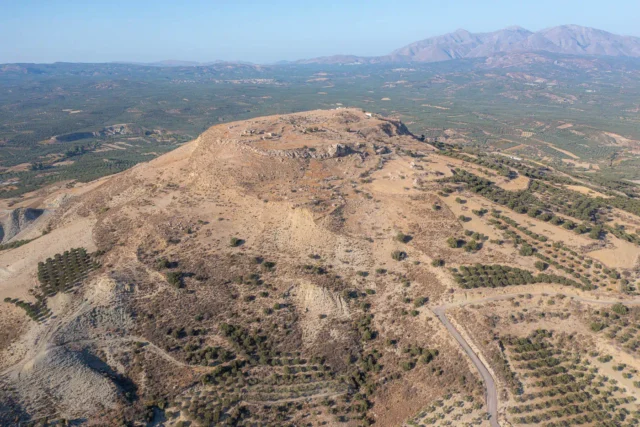
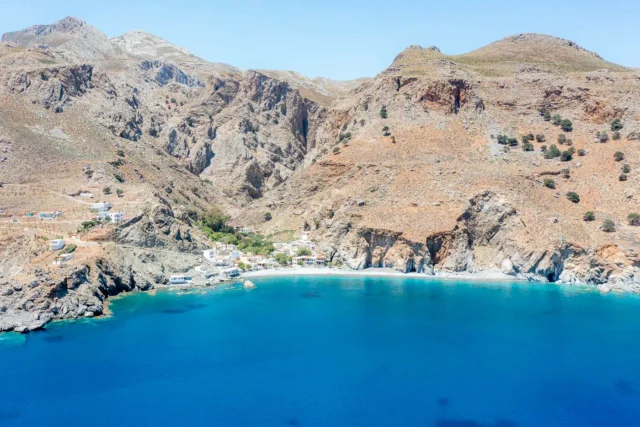

There are no comments yet.